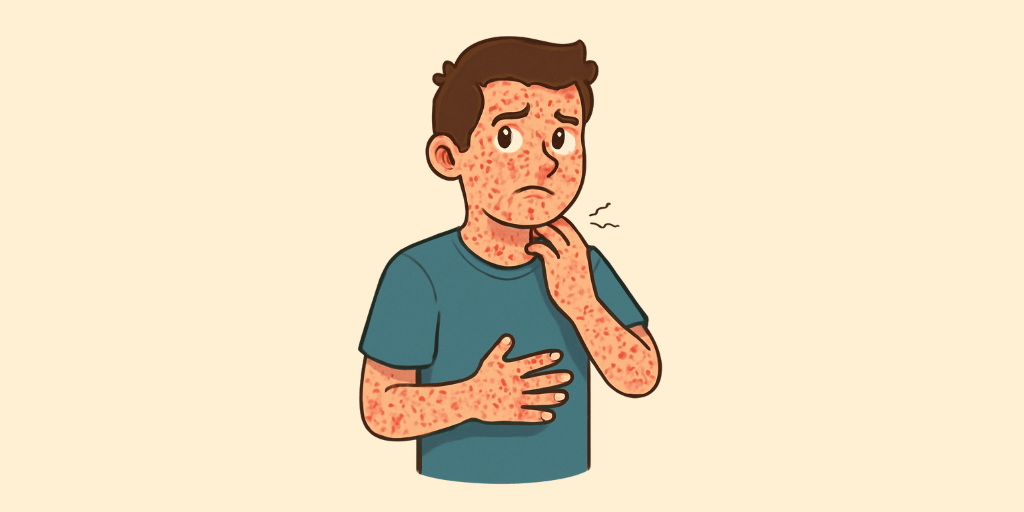Ayurvedic Name: Pundarik
Description:
Pundarika Kushtha is marked by pale or white patches with mild redness, resembling the petals of a lotus (Pundarika). It is primarily resulting from Kapha and Pitta imbalance, which leads to depigmentation, scaling, and mild inflammation. The skin may become slightly itchy but remains dry. In modern dermatology, it is comparable to early-stage Vitiligo or Pityriasis Alba. Ayurvedic treatment includes Rakta Shodhana (Blood purification) herbs like Neem, Manjishtha, and Khadir to restore skin pigment. Panchakarma therapies like Virechana (Purgation) and Raktamokshana (Bloodletting) help in detoxifying the system. External applications like Bakuchi oil (Psoralea corylifolia) and Kumkumadi Taila promote natural skin tone recovery.
Signs & Symptoms:
Rishyajivha presents with Kushta (Skin Lesions), characterized by the appearance of ulcerative patches that excrete pus and blood, often resembling the bite marks left by leeches. The lesions are typically Rukshata (Dry) and may have an Exudation (Varti) of fluid. There is Shotha (Swelling) around the lesions due to the body’s inflammatory response. Individuals may experience Kandu (Itching) and Daha (Burning) in the affected regions. The condition is accompanied by Dourbalya (Weakness) and Sannipata (imbalance of doshas), leading to generalized body weakness and digestive issues like Agnimandya (Poor Digestion).
Diagnosis:
Clinical Diagnosis or Skin Biopsy
Risk Factors:
- Dietary Factors: A diet rich in sugars, refined carbohydrates, and processed foods can contribute to skin issues like Pundarik (acne). Eating foods that are high in unhealthy fats and low in essential nutrients can impair the skin’s health.
- Lifestyle Factors: Stress, poor sleep, and hormonal imbalances can trigger outbreaks of Pundarik. Lack of proper skincare and hydration can also worsen the condition.
Complications:
- Skin Eruptions (Pundarik): Pimples or boils that appear on the skin, causing redness and inflammation.
- Itching (Kandu): Persistent itching due to allergic reactions or infection.
- Scarring (Sharir Dagh): Permanent marks left after skin eruptions heal.
Epidemeology:
Pundarik (Acne) is prevalent in adolescents and young adults, especially those with oily skin or a family history of acne. Stress, diet, and hormonal changes during puberty contribute to the high incidence of acne.

